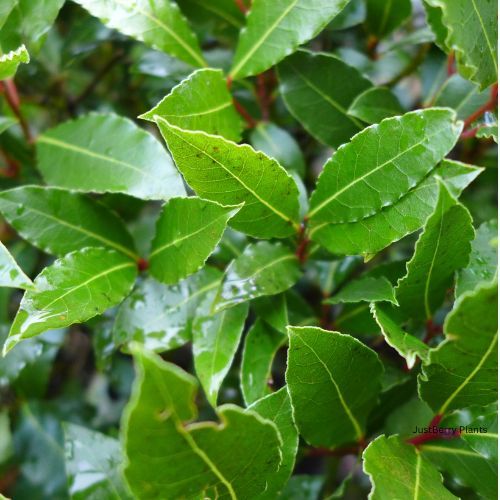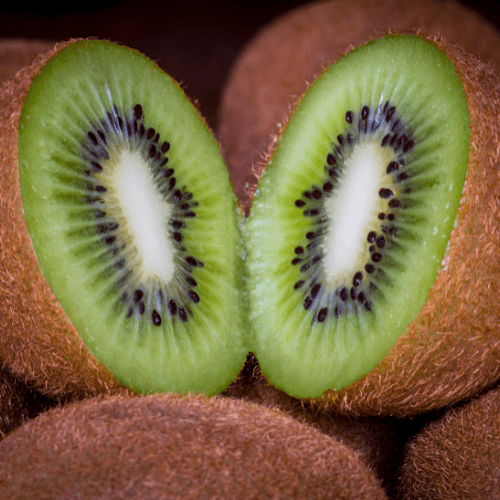Position
Choose a sunny spot with full sun exposure. Figs need at least 6-8 hours of direct sunlight daily.
Space about 3-5 m from other trees for their mature size and to improve air circulation around the tree.
Plant to the same depth as in the nursery container. In colder climates, protect the tree by applying mulch around the base and covering with frost cloth if necessary. In pots, move indoors to a cool, sunny location if temperatures drop significantly.
Soil
Well-draining soil is crucial. Loamy or sandy loam soil is ideal. Fig trees do not tolerate waterlogged soil.
Add organic matter, such as compost, to enhance soil drainage and promote a healthy soil structure that supports root development.
Watering
Newly planted trees require consistent watering, but the soil should not be overly wet. Water deeply once a week, allowing the top few inches of soil to dry out between waterings.
Once established, water the top 1-2 inches of soil when it feels dry to the touch. Reduce frequency during cooler months. Over-watering can lead to root rot.
Mulching
Use 2 to 5 centimetres of pine bark mulch to protect the roots from UV damage and drying out. The mulch retains moisture and maintains an optimal pH. Do not let the mulch touch the plant stem, as it may cause infection or rot.
Fertilising
Apply 1 teaspoon every 4-5 months of our slow-release all-plant fertiliser. The roots will absorb what they need.
Pruning
Prune the tree to maintain a manageable size and shape. Remove dead or diseased branches to improve air circulation, reduce the risk of disease, and promote better fruit production.
Prune in late winter or early spring, before new growth begins. Light summer pruning can help manage growth and improve fruit quality.
Pests and Diseases
Watch for common pests such as aphids, scale insects, and fruit flies. Regular inspection and appropriate pest control measures can help manage these issues.
Be mindful of fungal diseases, such as anthracnose and root rot. To reduce disease risk, ensure good air circulation, and avoid overwatering. Fig trees can be susceptible to fungal diseases, such as rust or leaf spots.
Agricultural Neem Oil or Effective Microorganisms (EM) Control will assist in either preventing or managing after-the-fact issues. If you already have aphids or mites, wash the tree with a harsh hosing, and when dry, spray with Neem oil or EM Control.
Pruning
Prune to maintain shape, remove dead or diseased wood, improve air circulation, and encourage better fruit production.
Prune in late winter or early spring, before new growth begins. Light summer pruning can help manage growth and improve fruit quality. Remove branches growing into the centre of the tree.
Harvesting
Figs are typically ready to harvest when soft to the touch and have a sweet aroma. They usually ripen in late summer to early autumn.
Gently twist or cut the figs from the tree. Handle them carefully, as they are delicate and can bruise easily.






